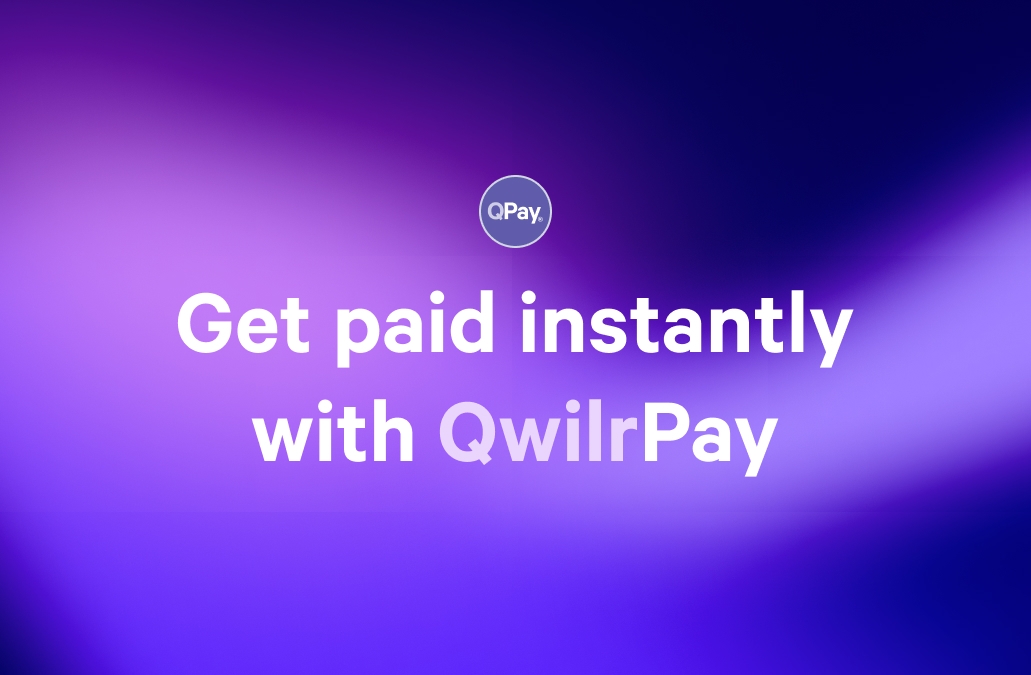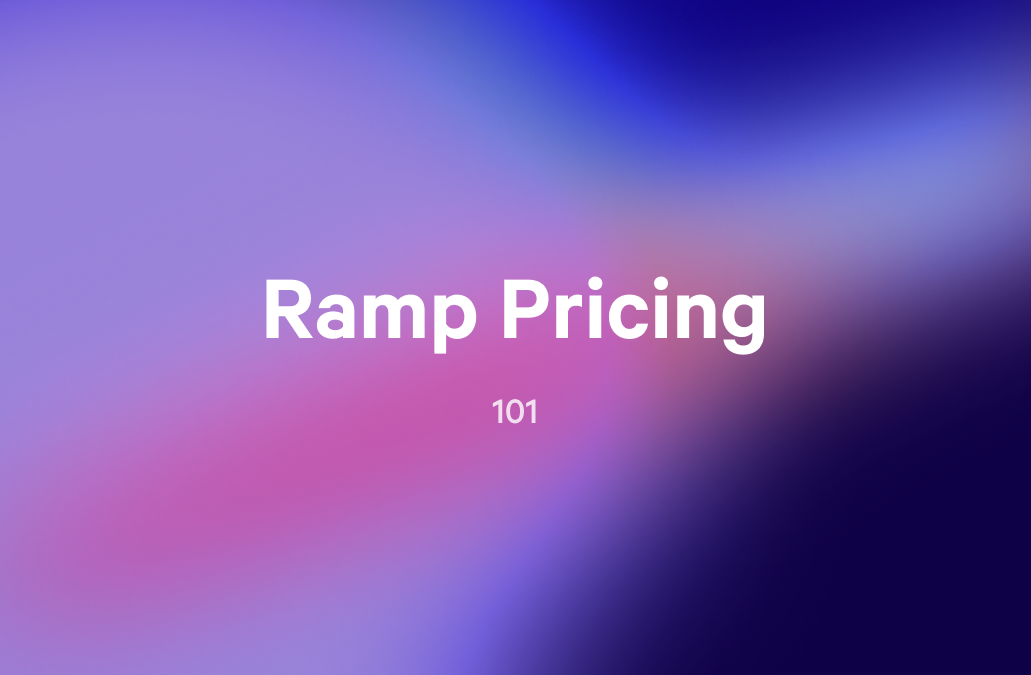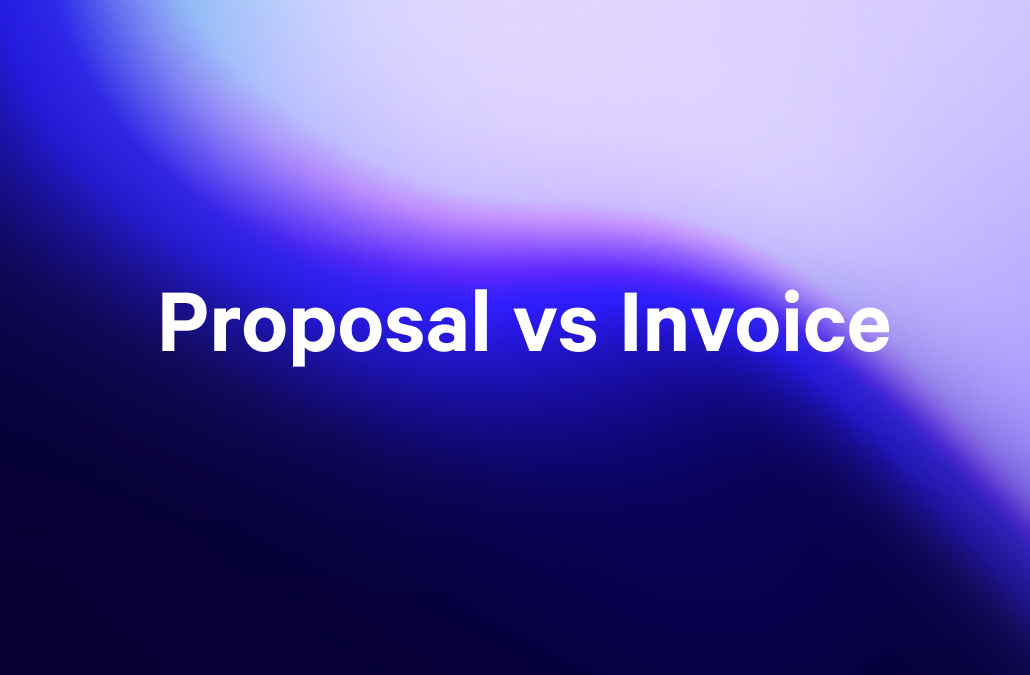If you're leading a team that sends out 10, 20, or even 50 proposals a week, you’ve likely felt the sting of what happens next—the silence after the “yes” (and the following anxiety).
The proposal’s been accepted. You refresh your inbox. You check Stripe. Maybe they’re in financial limbo—looping in someone new, reviewing something “internally,” whatever that means. Perhaps it’s stuck in someone’s approval queue. You tell yourself not to worry.
But you do because you’ve been here before.
The deal felt solid—was solid—but now? It’s slipping. Not because of your work, not because of the value, but because the payment step sat somewhere else—detached, delayed, and deprioritised.
At first, I thought it was a solo business problem. But the more I worked with high-growth companies, the more I saw it crop up in the sales watercooler. Deals marked “closed won” are sitting unpaid. Finance is chasing ghosts. Sales are scrambling to regain the momentum they already earned.
Now multiply that friction. One proposal in limbo is annoying. Ten is unsettling. But a hundred? Across a growing sales team? That’s not just friction—it’s failure to collect what you’ve already earned.
This begs the question: Why are proposals and payments still living in separate systems?
Why should proposals and payments live in one place—for your team
Proposals go out. Clients say yes. And payments? They’re kicked over to another system, another team, another tool—waiting for someone to remember them. The real problem isn’t that the process is unfamiliar—it’s that it’s familiar to a fault.
That disconnect has become normal. And that’s precisely why it’s costing you.
When proposals and payments live in separate systems, friction creeps into the final stage of your sales process—the part that should be the smoothest. Reps waste hours chasing “closed” deals. Finance operates on lagging data. Sales forecasts lose accuracy. And momentum—arguably the most valuable currency in a deal—fades fast.
This isn’t just about convenience. It’s about tightening the part of your process that’s most vulnerable to drop-off. When payment is built into the proposal itself, you’re not just collecting faster—you’re protecting the momentum that got you there in the first place.
Here’s where that makes the real difference:
- Deals don’t stall at the finish line: With payment embedded inside the proposal, the moment someone says yes is the exact moment they act. No hesitation. No reapproval cycles. No delay-induced ghosting.
- Your team stays focused on selling, not chasing: The longer your reps stay in follow-up mode, the less time they spend doing high-leverage work. QwilrPay removes one of the most repeated admin tasks in the sales cycle—so your team can keep moving, and your pipeline keeps flowing.
- Your buyers feel like they’re working with a modern business: Disjointed processes don’t just slow things down—they dilute your brand. When the payment step is seamless and familiar, it feels premium. It reinforces trust. And it makes your business feel buttoned-up in all the right ways.
This isn’t about reworking your sales strategy. It’s about fixing the final step.
Why does it matter just as much for your buyers?
Once your proposal is accepted, it’s easy to assume your job is done. But for your buyer, that’s often when the work begins—internally.
They now have to chase someone in finance, get the right cost centre code, double-check that the payment method is approved, and hope the budget hasn’t been reallocated since your last call. And in the meantime? The urgency fades.
You know how it goes.
“Hey—did you sign off on that Q2 project?” “Trying to. Waiting for approval from Jane.” “My plate’s full—circle back next week?” “Can we push this to next month? We're relooking at priorities.”
This is the stuff that derails great deals.
It’s not about intent—they still want to work with you. However, even the most enthusiastic buyers stall when the next step is hidden behind internal processes and disconnected tools. Not because they’ve changed their mind, but because the momentum you built now has to survive a maze of manual steps.
They get stuck in approvals. They hit payment cutoffs. They forget. And by the time they circle back, your once-priority proposal is now just one more thing in a crowded inbox.
By embedding payment directly into your proposal, you remove that maze.
The buyer doesn’t have to switch systems, resell the idea internally, or find time they don’t have to move things forward. They finish what they started—then and there. One clear, trusted experience that flows from decision to action in a single move.
And here’s what that means for you:
- You reduce the drop-off window between “yes” and paid
- You shorten deal cycles by days or even weeks
- You make your team easier to buy from—an edge that matters in competitive sales
- You improve post-sale sentiment because the onboarding clock starts sooner and smoother.
When your proposal feels easy to say yes to—and easy to follow through on—you’re not just improving close rates. You’re improving how your brand is experienced in the moments that matter most.
Bottom line—Everyone wins when proposals and payments live in the same place.
And that’s precisely what QwilrPay was built to deliver.
What QwilrPay unlocks
Neil de Jesus puts it plainly: “Qwilr has saved each sales rep an average of 1 hour per deal closed. Since implementing Qwilr, we have closed over 2,000 deals, saving us over 2,000 hours of time that we can invest in additional sales activities.”
That time savings is powerful. But until now, the payment step has still been outside the proposal. QwilrPay changes that.
Unlike previous setups, QwilrPay brings payments fully into your Qwilr pages—centralised, controlled, and designed to turn proposals into complete transaction flows. It’s not just about making payments possible. It’s about making them immediate, integrated, and built for scale.
Here’s how it works:
See exactly what’s paid—and what’s not
When proposals and payments live in different tools, things slip. You’ve seen it—tracking payment status across spreadsheets, Slack threads, and forwarded emails. All just to answer one question: did the money land?
With QwilrPay’s focused payment dashboard, you don’t have to wonder. You can track every payment in real time—what’s paid, what’s pending, without switching tools or asking around.

It gives you a clear view of payment status across all your proposals, allowing you to keep your pipeline accurate and act faster when something stalls.
Set flexible payment rules that match how you sell
Not every deal follows the same structure, and your payment process shouldn’t either. But too often, teams are forced into rigid terms or workarounds just to match what a client needs.
With QwilrPay, you can choose to collect the full amount when a proposal is accepted, or offer partial payments or installments—whatever fits the deal.

It’s all built into the proposal itself, so your team can stay flexible without adding manual steps or switching tools. This makes it easier to move fast, meet clients where they are, and keep your process tight.
Give buyers a smoother, more consistent experience
You’ve put time into crafting a polished, on-brand proposal—so it’s frustrating when the payment step feels like an afterthought. Sending clients to a separate portal or invoice link can break momentum and make the process feel disconnected.
With QwilrPay, payment happens inside the proposal itself. It’s part of the same experience your buyer is already engaged with—no redirects, no delays, no reintroductions.
That consistency builds trust and makes it easier for clients to act while their decision is still fresh. The brand new checkout experience supports popular payment methods like card payments and bank debits.

Manage payment settings without slowing your team down
As teams grow, so does the need for control. But locking everything down can create bottlenecks, especially when reps need flexibility to close.QwilrPay gives you the right balance.
You can define who’s allowed to manage payment settings, apply rules to specific templates, and keep controls consistent across teams, clients, and deal types. It helps you scale your process without compromising visibility or control.
How to get started with QwilrPay
Getting set up with QwilrPay takes minutes, not hours. And you don’t need to change your entire workflow to see results—you can start small and scale fast.
Here’s what it looks like:
- Go to Library > Payments in your Qwilr accountThis is your central control panel for enabling and managing payments.
- Onboard to QwilrPay via Stripe
This step must be conducted by the business owner. An existing Stripe account can be used.
- Configure your payment preferencesChoose how and when you want to collect payment—on acceptance, later, or in installments. Set defaults that suit your business model, or customize per proposal.
- Add payment options to your proposalsThis can be applied across all templates or just specific pages. You’re in control of how—and where—payment is prompted.
- Go liveOnce enabled, buyers can accept and pay in one seamless step. You’ll get visibility on payment status instantly via the dashboard.
Are you not ready to enable payments across your entire organization? Start with a few reps or high-fit proposals. QwilrPay is designed to work the way you do—whether you're running a lean team or a complex, multi-region sales process.
How QwilrPay scales with your team
The challenge with most payment tools isn’t activation—it’s governance. Things get messy when you try to roll out consistent rules across templates, teams, and territories. People make changes they shouldn’t. Finance loses track. Legal gets nervous.
That’s precisely why we rebuilt Qwilr’s payment settings from the ground up. All payment controls now live in a single, dedicated Payments menu—no more digging through the Accept block. From here, you can:
- Enable payments across your entire account, or limit them to specific pages or templates
- Decide when payment is required—on acceptance or at a later stage
- Offer partial payment options for longer-term or milestone-based work
- Set clear access permissions, so only the right people can manage settings
One platform, one flow—from “yes” to paid
You don’t need another disconnected tool. You need a seamless bridge between proposal and payment that protects momentum, respects your buyer’s time, and keeps your revenue process tight from start to finish.
That’s exactly what QwilrPay delivers. Embedded payments. Real-time visibility. Built-in flexibility. All inside the same proposal experience your team already trusts.
And the best part? This is just the beginning. With recurring billing and retainer support on the roadmap, QwilrPay is evolving into a complete revenue engine—built not just for how you close, but how you grow.
Ready to turn every proposal into a revenue-generating asset? Start with QwilrPay and get from “yes” to paid—faster. Book a demo and talk to our team today.
About the author

Taru Bhargava|Content Strategist & Marketer
Taru is a content strategist and marketer with over 15 years of experience working with global startups, scale-ups, and agencies. Through taru&co., she combines her expert skills in content strategy, brand management, and SEO to drive more high-intent organic traffic for ambitious brands. When she’s not working, she’s busy raising two tiny dragons. She's on a first-name basis with Mindy Kaling.



